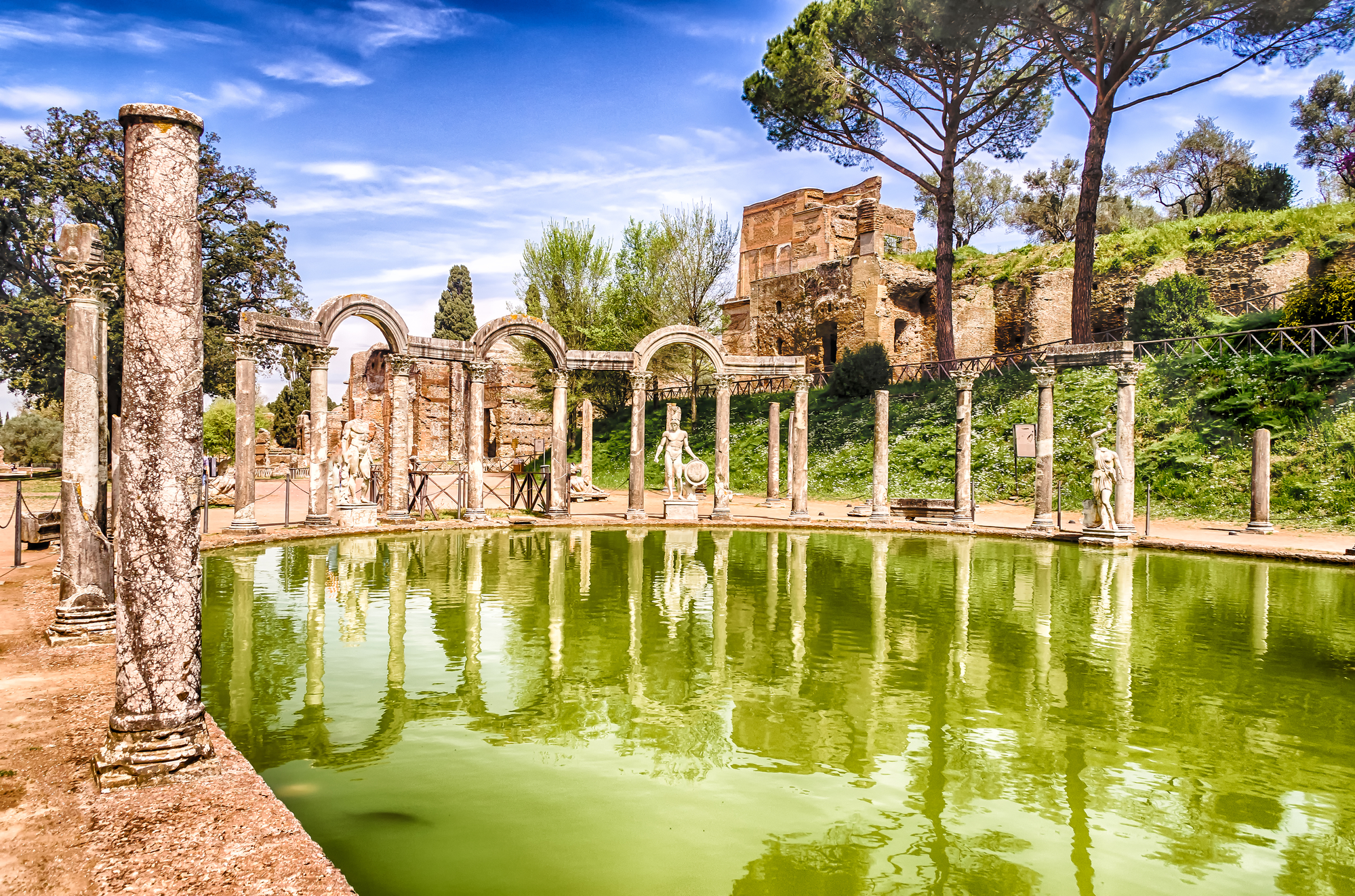The History of Italian Winemaking
The culture of Italy is inextricably linked with wine. Nature had to create this amazing peninsula in the form of a glass to more accurately reflect the essence of ancient Enotria – the country of wine, as ancient Greeks called Italy.
Wise Horace admonished: “Do not plant any other tree, Var, until you plant a vine.”
And his advice was followed everywhere, gentle hills, mountain slopes, plains illuminated by the sun, blown by fresh winds, covered with vineyards throughout the country.
In Italy, there are 20 regions and each of them produces its own wine, which is distinguished by its diversity and dissimilarity, has its own character, sometimes characterized by obstinacy, sometimes tenderness. And how could it be otherwise, if in Italy there are about 400 grape varieties, moreover, everywhere there is a different microclimate, the soils and winemakers love creative approach to wine making.
Wine-making in Italy goes back thousands of years. In the II. BC. The Phoenicians brought to Sicily the noble Vitis Vinifera vine, the “wine-bearing vine.” From here, grapes spread throughout Italy.
The ancient Romans introduced the consumption of wine in the rule, making the wine a real popular drink.
Already at that time there were well-known Italian grape varieties such as Sangiovese and Trebiano, which are still the most common.
Conquering new territories, building cities, the first thing the Romans did was to lay the castrum, pave the way to Rome and plant a vine. Well, do not carry the same wine in the new provinces of Rome! Moreover, the problem of storage and transportation of wine in the ancient world was very serious.
Ancient wine was very different from the modern drink. It was a syrupy, very sweet and strongly alcoholic drink, which was diluted with water and honey and spices were added to achieve a pleasant aroma.
Horace, a great lover of wine, wrote that wine removes anxiety and anxiety, helps to reveal hidden feelings. Seneca echoed him, saying that wine has a beneficial effect on a person, heals from disease and sorrow. But all mentioned moderation in the use of wine.
The ancient Romans, peeping at the idea of the conquered northern barbarians, began to use wooden barrels for storing and transporting wine. Experimentally found that oak barrels are best suited for this purpose due to tannins, in them not only wine is well preserved, but also acquires an additional flavor.
Also, the Romans began to use wooden presses, prototypes of modern. (Such wooden presses can still be found in Champagne).
But with the fall of the Roman Empire, everything changed, and viticulture was in deep crisis. And only in the Middle Ages, thanks to the monks, the situation changed. Wine began to be made in monasteries – wine for the mass, using techniques that were followed up to the XVIII century.
The next stage in the development of winemaking in Italy was the Renaissance, affecting not only culture and art, but also wine production, the center of which moved to Tuscany. In the XIV century. Chianti wine was born, and the Jesuit monks began to produce Nobile di Montepulciano for church services. In the XVIII century. The first classification of wines was carried out: the Duke of Tuscany Cosimo III Medici limited the territory of production of Chianti Classico.
But to talk about the Italian style is still very early, as Italy as a single country does not exist.
Then there was a pan-European misfortune – phylloxera, which destroyed many vineyards. Many French winemakers lost their jobs and began to travel to wine-producing countries, offering their services for little money. And, as you know, France at that time was an advanced country in the field of winemaking. So in the XIX century. There were iconic and iconic Italian wines Barolo and Brunello di Montalcino.
In the 1960s the Italian government made a classification of wines, according to which, Italian wines were divided into four categories:
– Vino da Tavola. Table wines. Simple wines, without specifying the place of vintage.
– IGT (Indicazione Geografica Tipica). Table wines with an indication of the place of growth of grapes.
– DOC (Denominazione di Origine Controllata). Wines of high category, appellations indicating the place where the grapes were grown and controlled by the state.
– DOCG (Denominazione di Origine Controllata e Garantita). The top tier of Italian wines, which are not only controlled by territory and are guaranteed for quality.
Since August 2009, a new European classification has entered into force, involving only three levels:
– table wine
– IGP (Indicazione Geografica Protetta)
– DOP (Denominazione di Origine Protetta), which includes former DOC and DOCG.
But Italian law allows the use of old category names, so many manufacturers are in no hurry to switch to new designations.
Italy is now the largest producer and exporter of wine, giving us the opportunity to enjoy wines and travel on wine roads.



